
He was Cassius Marcellus Clay then, of course — an Olympic gold medalist, undefeated challenger for the world heavyweight crown and the most charismatic (and, for some, the most controversial) athlete of the era. It was February 1964, and the 22-year-old Clay, whose professional record was an impressive 19-0, was slated to fight Sonny Liston for the heavyweight title in Miami Beach. Hardly anyone in the boxing world — and certainly very, very few in the close-knit and deeply conservative boxing media — gave the supremely self-confident Kentuckian the slightest chance of beating the hard-punching “Big Bear.”
And while no one gave him much of a chance, nor could anyone possibly ignore a fighter who recited his own comical, self-aggrandizing poetry to anyone who would listen. (One pre-fight gem: “The crowd did not dream when they put up the money / that they would see a total eclipse of the Sonny.”)
But on the night of Feb. 25, 1964, Clay took the crown from Liston with a 7th-round technical knockout in a performance that marked the arrival of an unmistakably formidable boxing talent. Clay — soon to be renamed Muhammad Ali — possessed an unprecedented set of skills, including balletic footwork, lightning hand speed and bone-crushing punching power. When the referee counted Liston out in that ring in Miami Beach, it was clear that the world of boxing, and the universe of sports in general, would never be the same.
As the great New York Times sportswriter Robert Lipsyte wrote on the night the fight:
Incredibly, the loud-mouthed bragging, insulting youngster had been telling the truth all along. Cassius Clay won the world heavyweight title tonight when a bleeding Sonny Liston, his left shoulder injured, was unable to answer the bell for the seventh round.
Immediately after he had been announced as the new heavyweight champion of the world, Clay yelled to the newsmen covering the fight: “Eat your words.” Only three of 46 sports writers covering the fight had picked him to win.
But the kid hadn’t lied. All those interminable refrains of “float like a butterfly, sting like a bee,” had been more than foolish songs. The kid was floating. He leaned back from Liston’s jabs and hooks, backed into the ropes, then spun out and away. He moved clockwise around Liston, taunting that terrible left hook, his hands still low.
And then the crowd was cheering and booing, which is something like laughing and crying because it was the wildest thing they had ever seen. It didn’t make sense. For weeks, Clay had played the fool and been tagged at will by unworthy sparring partners. This morning, at the weigh-in, he had acted bizarre and disturbed.
Until the knockout, the officials had had the fight a draw. . . . But points didn’t really matter after all. Poetry and youth and joy had triumphed over the 8-1 odds. And until it had happened (and perhaps until they can look it up) people laughed at the thought that a night like this could happen.
Liz Ronk, who edited this gallery, is the Photo Editor for LIFE.com. Follow her on Twitter at @LizabethRonk.
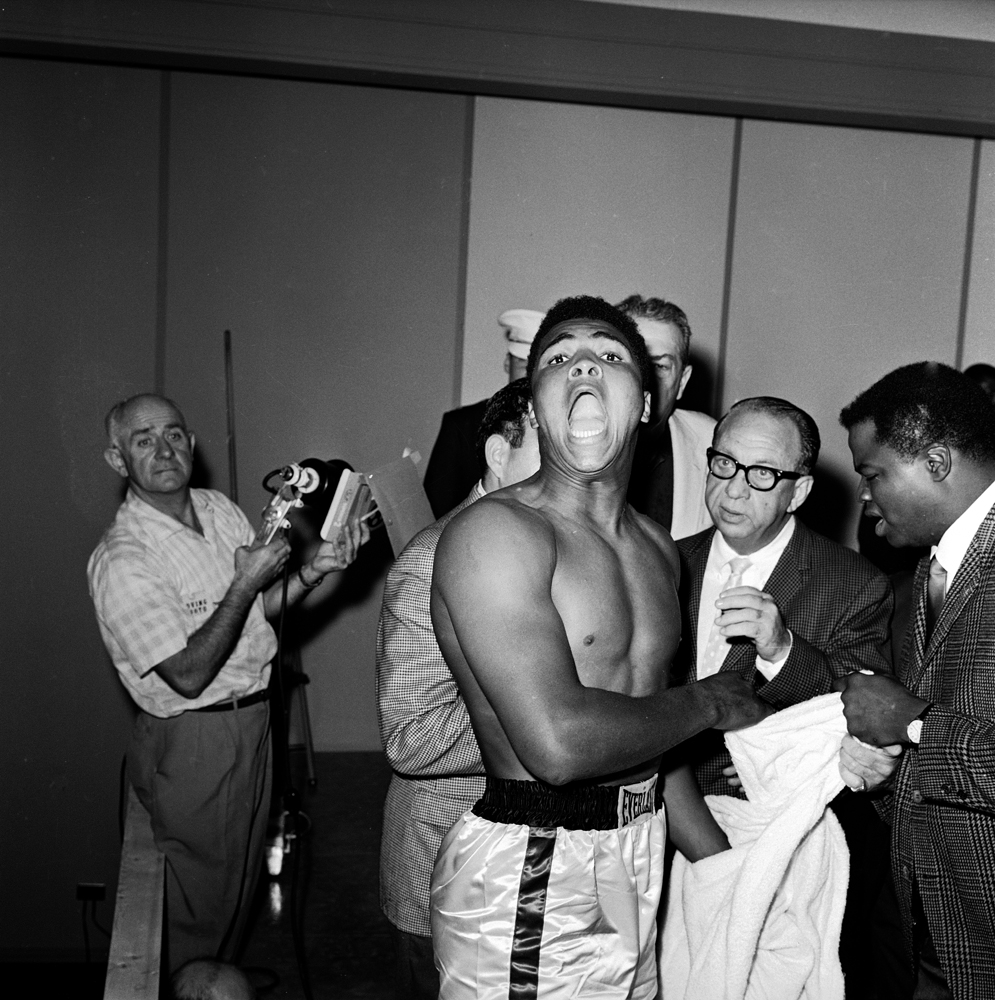
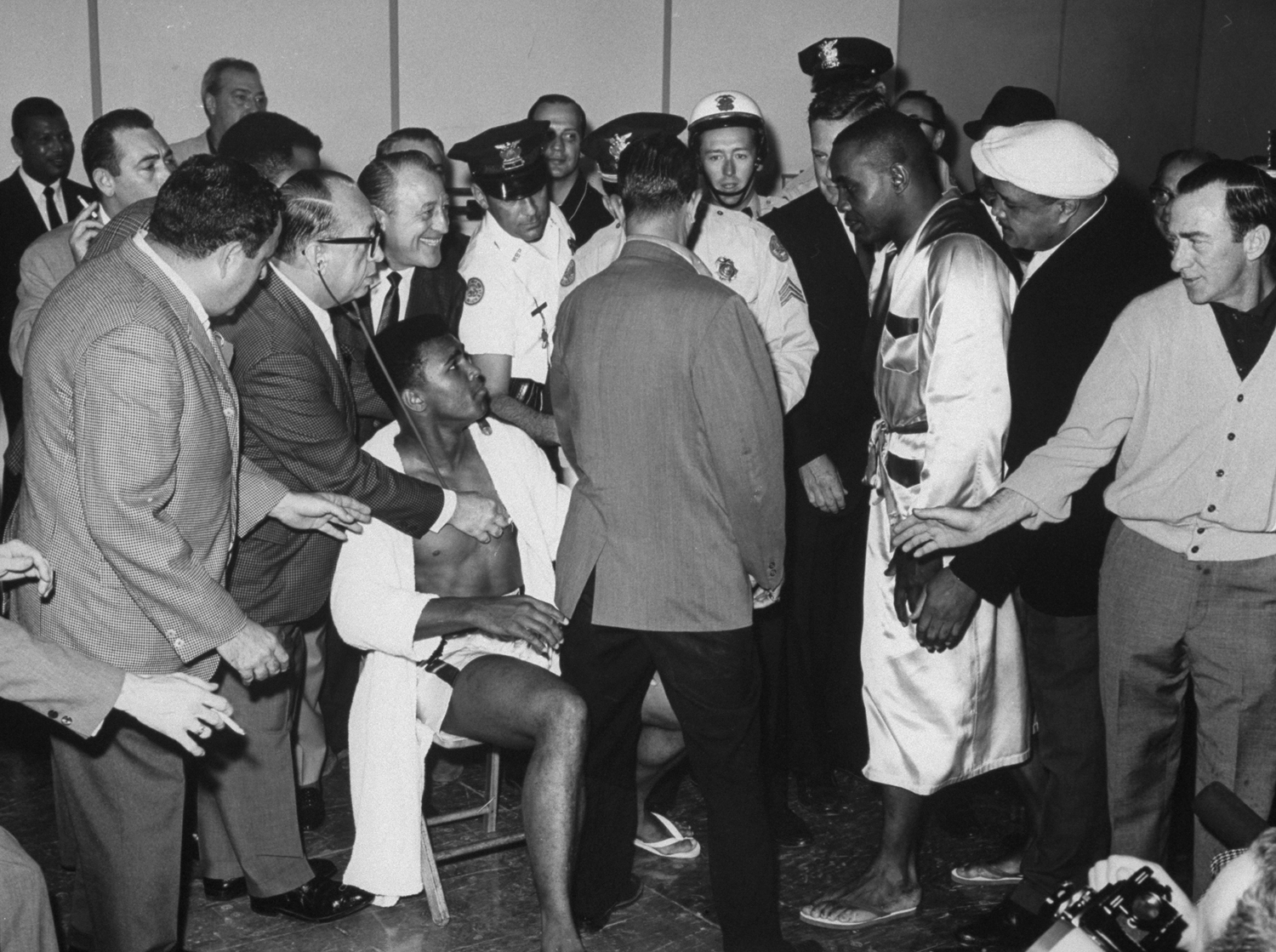

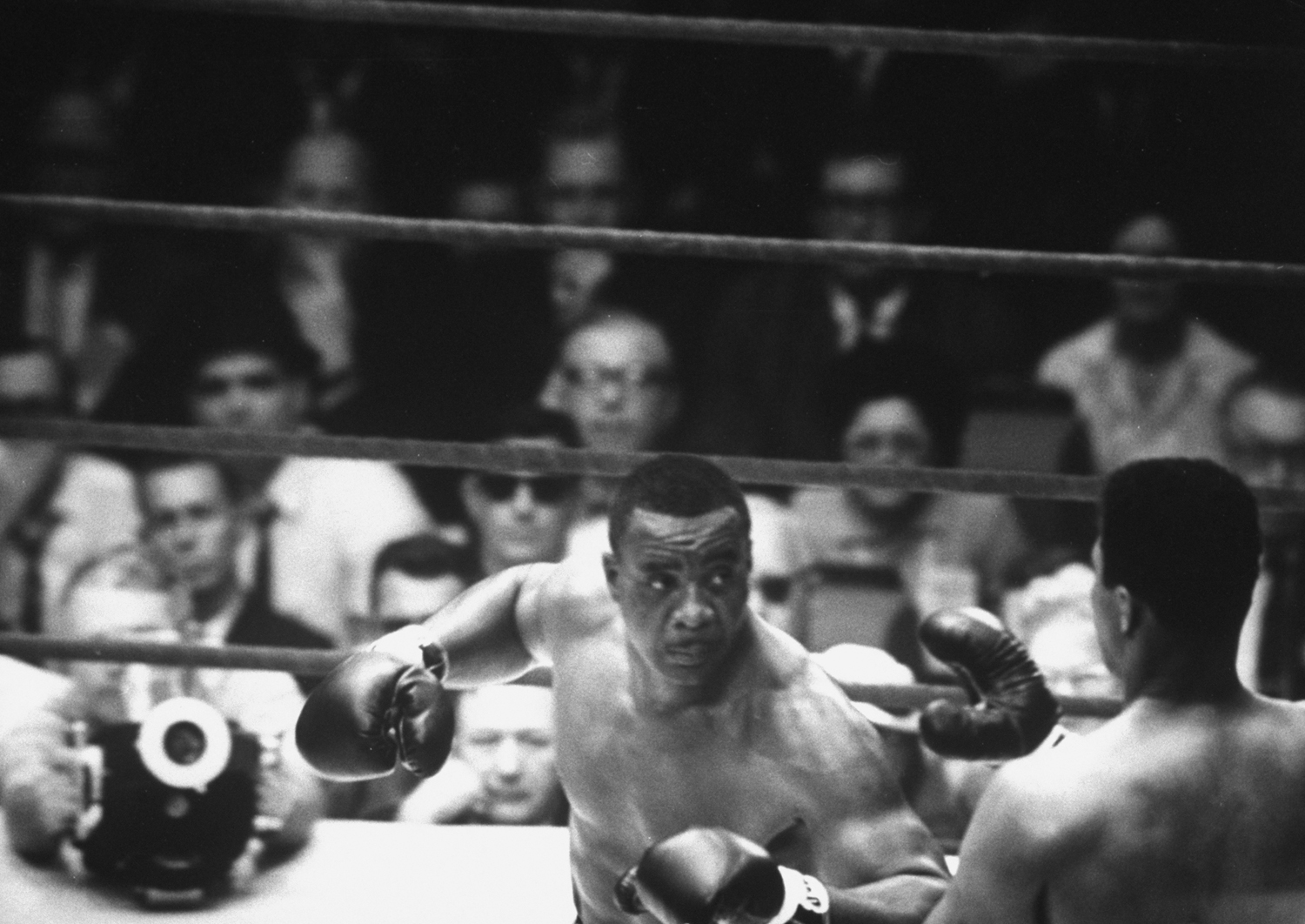






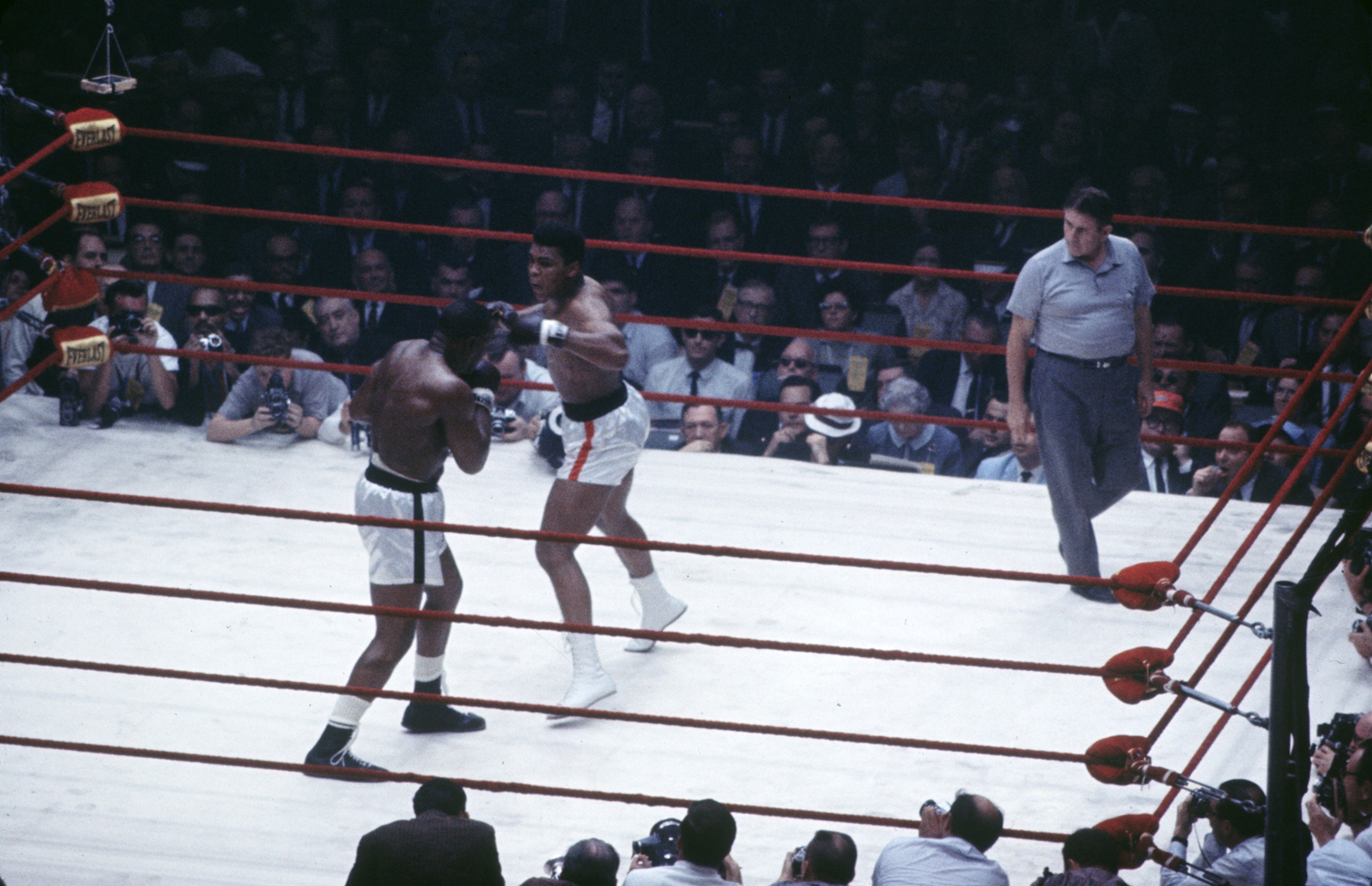
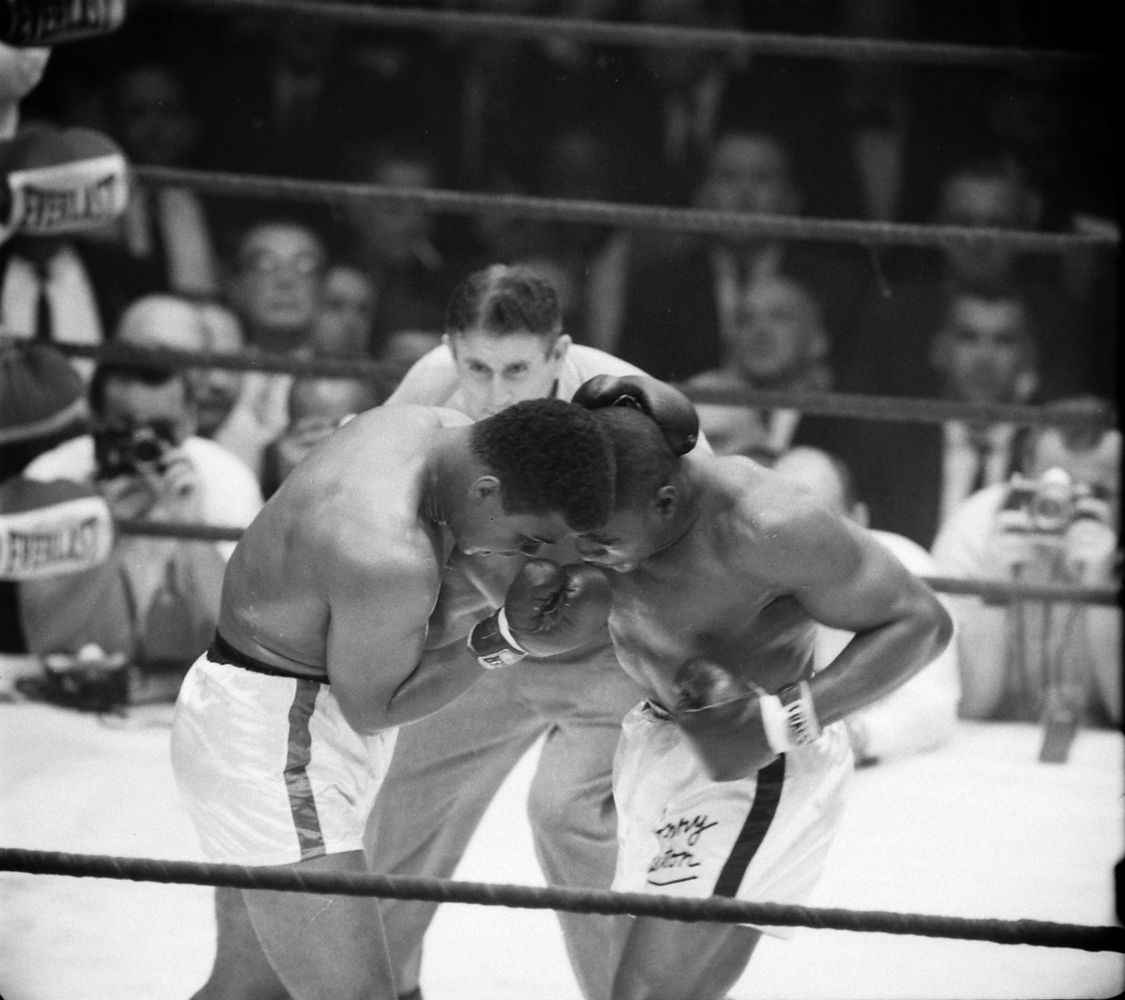



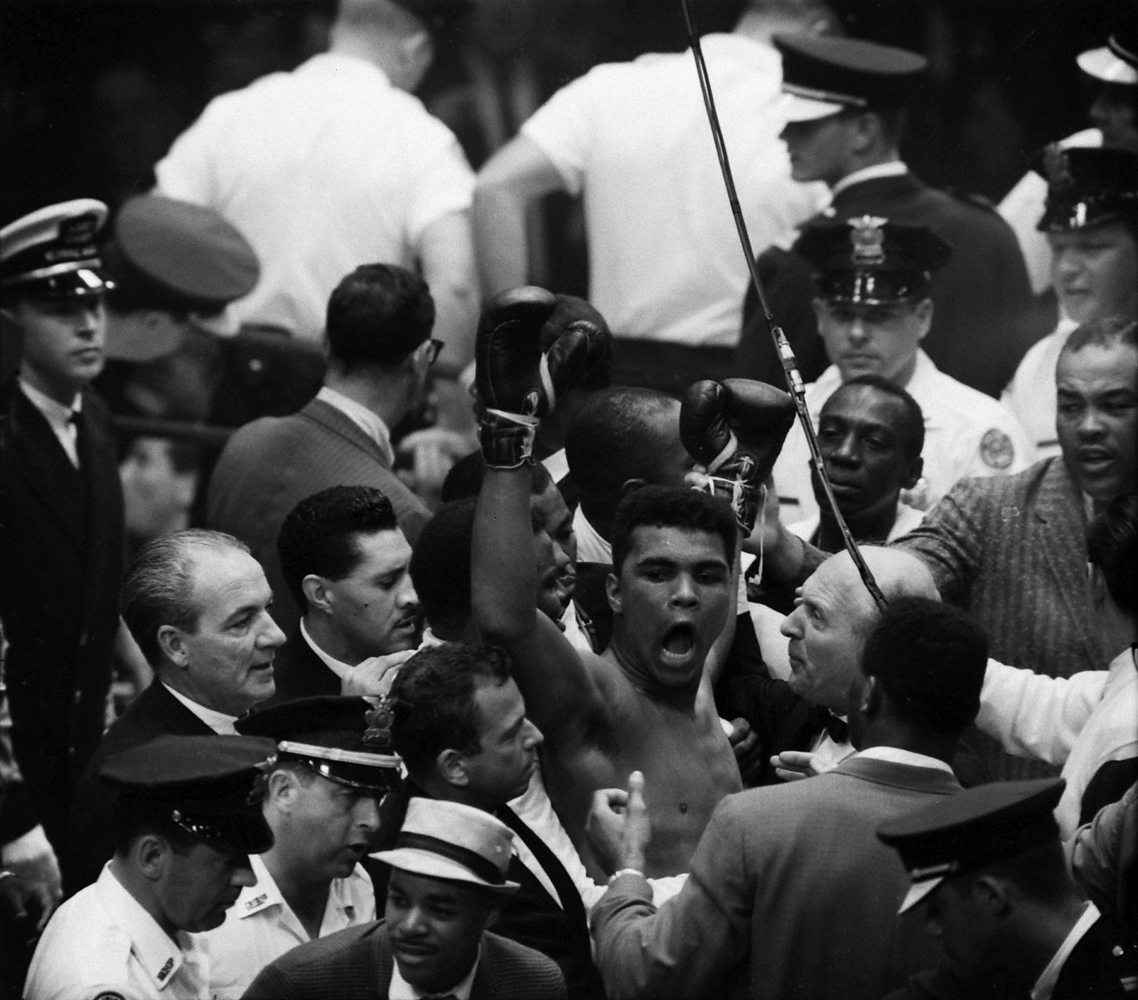
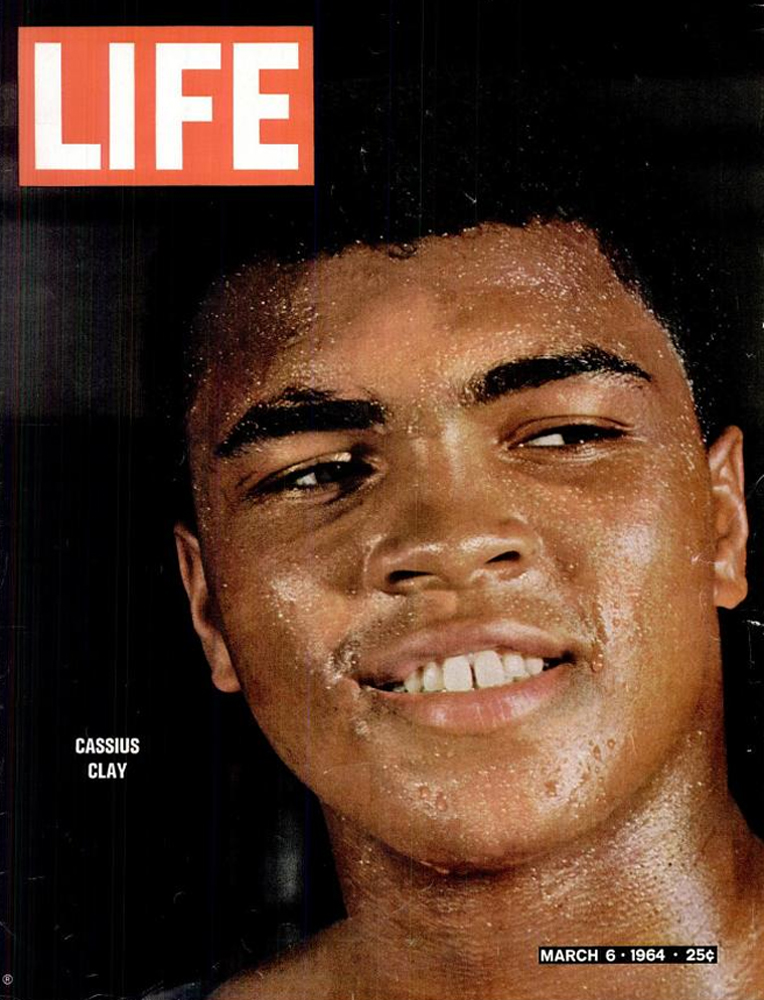

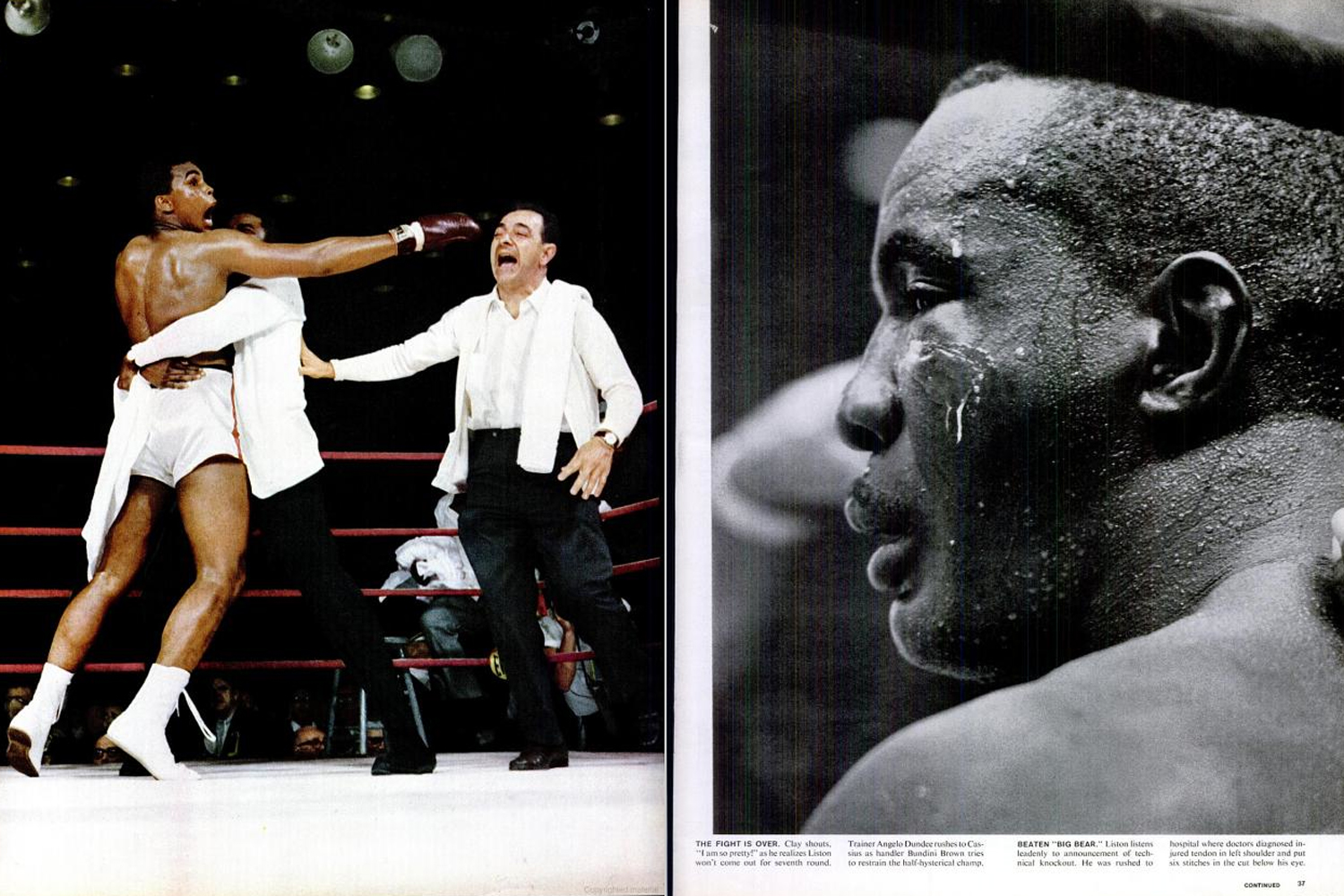
More Must-Reads From TIME
- The 100 Most Influential People of 2024
- The Revolution of Yulia Navalnaya
- 6 Compliments That Land Every Time
- What's the Deal With the Bitcoin Halving?
- If You're Dating Right Now , You're Brave: Column
- The AI That Could Heal a Divided Internet
- Fallout Is a Brilliant Model for the Future of Video Game Adaptations
- Want Weekly Recs on What to Watch, Read, and More? Sign Up for Worth Your Time
Contact us at letters@time.com